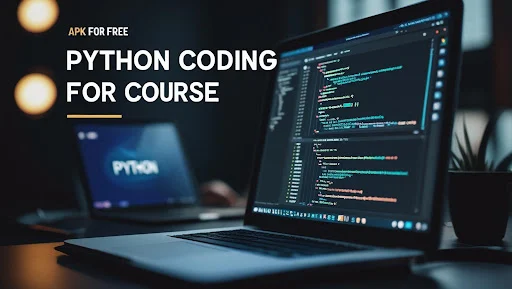🔁 Python Course in 4 to 6 Weeks – Lesson 7: Loops in Python (for, while)
Welcome to Lesson 7 of the Python Course in 4 to 6 Weeks! In this lesson, you'll learn how to automate repetitive actions using Python's two main types of loops: for and while. Loops are essential for reducing code repetition and handling data collections.
✅ What You'll Learn
- When and why to use loops
- The
forloop structure and syntax - The
whileloop and control flow - Loop control keywords:
break,continue,pass - Real-world examples and challenges
🔁 The for Loop
Used to iterate over a sequence (like a list, tuple, or string):
fruits = ["apple", "banana", "cherry"]
for fruit in fruits:
print(fruit)🔄 The while Loop
Repeats a block of code while a condition is True:
count = 0
while count < 5:
print("Count:", count)
count += 1⚙️ Loop Control Statements
break: Exit the loop completelycontinue: Skip to the next iterationpass: Do nothing (used as a placeholder)
for i in range(5):
if i == 3:
continue # Skips printing 3
print(i)📏 The range() Function
Commonly used with for loops to repeat actions:
for i in range(1, 6):
print("Hello", i)⚠️ Common Mistakes
- ❌ Infinite loops with
whileby forgetting to update the condition - ❌ Using incorrect indentation inside loop blocks
- ❌ Off-by-one errors in
range()
🧪 Practice Challenge
Create a Python file named multiples_finder.py that:
- Asks the user for a number
- Prints all multiples of that number up to 100 using a loop
📥 Tools You'll Need
- 🐍 Python: https://www.python.org/downloads/
- 📝 VS Code: https://code.visualstudio.com/
- 🌐 Replit: https://replit.com/languages/python3
📌 Final Words
Loops are the key to efficient and dynamic programs. With for and while, you can repeat tasks, process data, and build interactive programs. Up next, we’ll explore one of Python’s most flexible data structures: lists and tuples.
🔗 Coming Next:
Lesson 8: Lists & Tuples – Working with Sequences 📦



